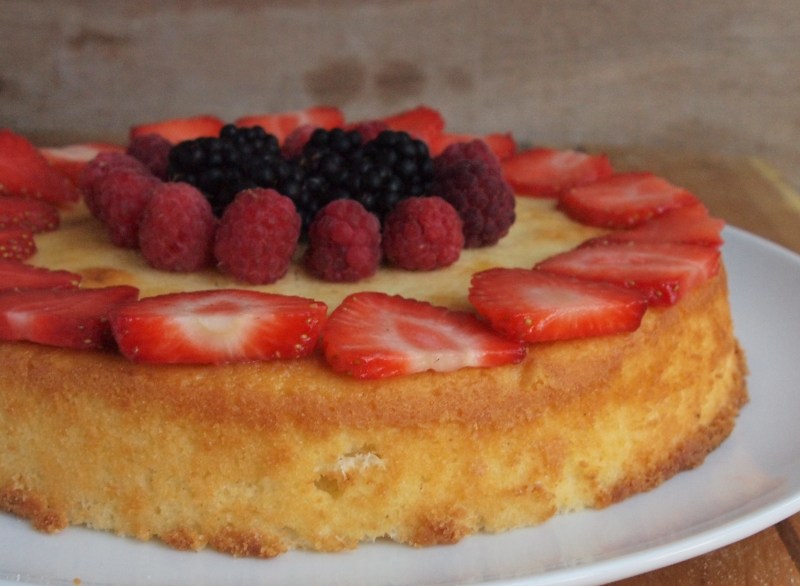One of my favourite Indian foods are pakoras. I love this crispy, spicy, snack. It’s perfect as part of a meal, but equally good as a savoury treat. Eaten all over the Indian subcontinent they are a great way of using up bits of different vegetables, working well with cauliflower, courgettes, onions, potatoes, spinach, chard, aubergine…the list goes on. An added bonus for our family is that they’re inherently gluten free, due to their use of gram flour.
Simple in method, they do however need a few different herbs and spices to achieve the perfect pakora. For some, this would require a trip to the supermarket, or local ethnic shop (or both) to stock up on the necessary ingredients. I love having a range of spices in my cupboard, but sometimes the convenience of a spice mix is a godsend. When I was recently contacted by Hari Ghotra about her Pakora curry kit, I thought I’d check it out.
 The kit comes with all the spices and gram flour combined, and instuctions to make both vegetable and paneer pakora. There’s also a link to a video showing the process involved, but the recipe on the card is clear and easy to follow. As mentioned before, pakora are very versatile, so I chose to use up a glut of courgettes, as well as some potatoes and onions. I love growing courgettes at the allotment, but if you look away for a moment, they seem to grow in seconds, so another way to use them up is always handy. The one thing with using courgettes is that they have a lot of liquid in them, so after grating them they need to be squeezed of excess water, before combining them with the rest of the mix. Once your mixture is combined, it needs to be used pretty quickly, dropping spoonfuls into hot oil and frying until golden brown.
The kit comes with all the spices and gram flour combined, and instuctions to make both vegetable and paneer pakora. There’s also a link to a video showing the process involved, but the recipe on the card is clear and easy to follow. As mentioned before, pakora are very versatile, so I chose to use up a glut of courgettes, as well as some potatoes and onions. I love growing courgettes at the allotment, but if you look away for a moment, they seem to grow in seconds, so another way to use them up is always handy. The one thing with using courgettes is that they have a lot of liquid in them, so after grating them they need to be squeezed of excess water, before combining them with the rest of the mix. Once your mixture is combined, it needs to be used pretty quickly, dropping spoonfuls into hot oil and frying until golden brown.
For a recipe which includes the spices needed to recreate the mix, see Hari Ghotra’s website, where you’ll also find a rnage of different curry kits and recipes to try. As a handy store cupboard emergency pack, these are pretty good. They certainly make it easy to turn a glut into a tasty, spicy treat.














 The pumpkins and squashes we have in the UK almost always end up in delicious savoury dishes, like those mentioned in my
The pumpkins and squashes we have in the UK almost always end up in delicious savoury dishes, like those mentioned in my 























